The second rule is show up for work every day — as the Americans call it, ass on chair, AOC, sit down — because writing is hard. I have been lucky in the books I have met, and I have tried to communicate their wonders onwards to other readers — among them Nan Shepherd, author of "The Living Mountain", 1977, written in the 40s; JA Baker's dazzling prose poem "The Peregrine", written in 1967 but still now incandescent as magnesium flare; Roger Deakin in "Waterlog" and many others. I have my go-to shelf. I think many writers have, where, when you are stuck, you reach up and you pull down a copy of one of the books there — "The Rings of Saturn" by WG Sebald, "Arctic Dreams" by Barry Lopez, Rebecca Solnit's "Wanderlust" — and you remind yourself why you write and at some level how to do so as well.
Literature and landscape
Professor of Literature and the Environmental Humanities, Writer
- Every hour spent learning to read is also an hour spent learning to write.
- With her “grammar of animacy”, the writer Robin Wall Kimmerer encourages "verbing" the world, to let the world speak back and be reciprocal with us.
- A literacy of landscape is both the lexis and the syntax of a landscape and how these things connect.
- Landscapes carry the atrocities that happen in them.
Nonfiction's possibilities
I work in what is sometimes, and to my mind very weirdly, called nonfiction, and it is weird for many reasons. One is that negative, ‘nonfiction’, this huge territory of writing, we define just for not being fiction, and the other, to me, is that it is limiting. It is a suggestion that it is an insufficiency at work; yet for me, nonfiction, which in German is the sachbuch, the fact book, is actually this immense terrain of possibility. When I was about 21, I read a book called "Arctic Dreams" by Barry Lopez, and I read it while walking the west coast of Vancouver Island. It blew my mind. It opened up the possibility of what nonfiction could be. That book is coming up to its 40th anniversary now. It blended reportage, travel writing, nature writing, as we might call it, cultural anthropology, ethnography and natural history — it was lawless in a thrilling way. It was scintillating visually and atmospherically. It was very ethically charged. It had a huge responsibility to the real, and that is a way in which the 'non' of nonfiction becomes a good thing. This was before I had become a writer myself, and I have remained so grateful for that encounter with that book, because it suggested to me that I could adventure in language and in form.
Read to write
Literature and landscape have always been entangled for me; I have often read my way into places before I have walked my way into them. I have come to believe that every hour spent learning to read is also an hour spent learning to write, and when younger writers, or would-be writers, sometimes come to me and ask if I have any advice, I say, "Read as much as you can, as widely as you can."
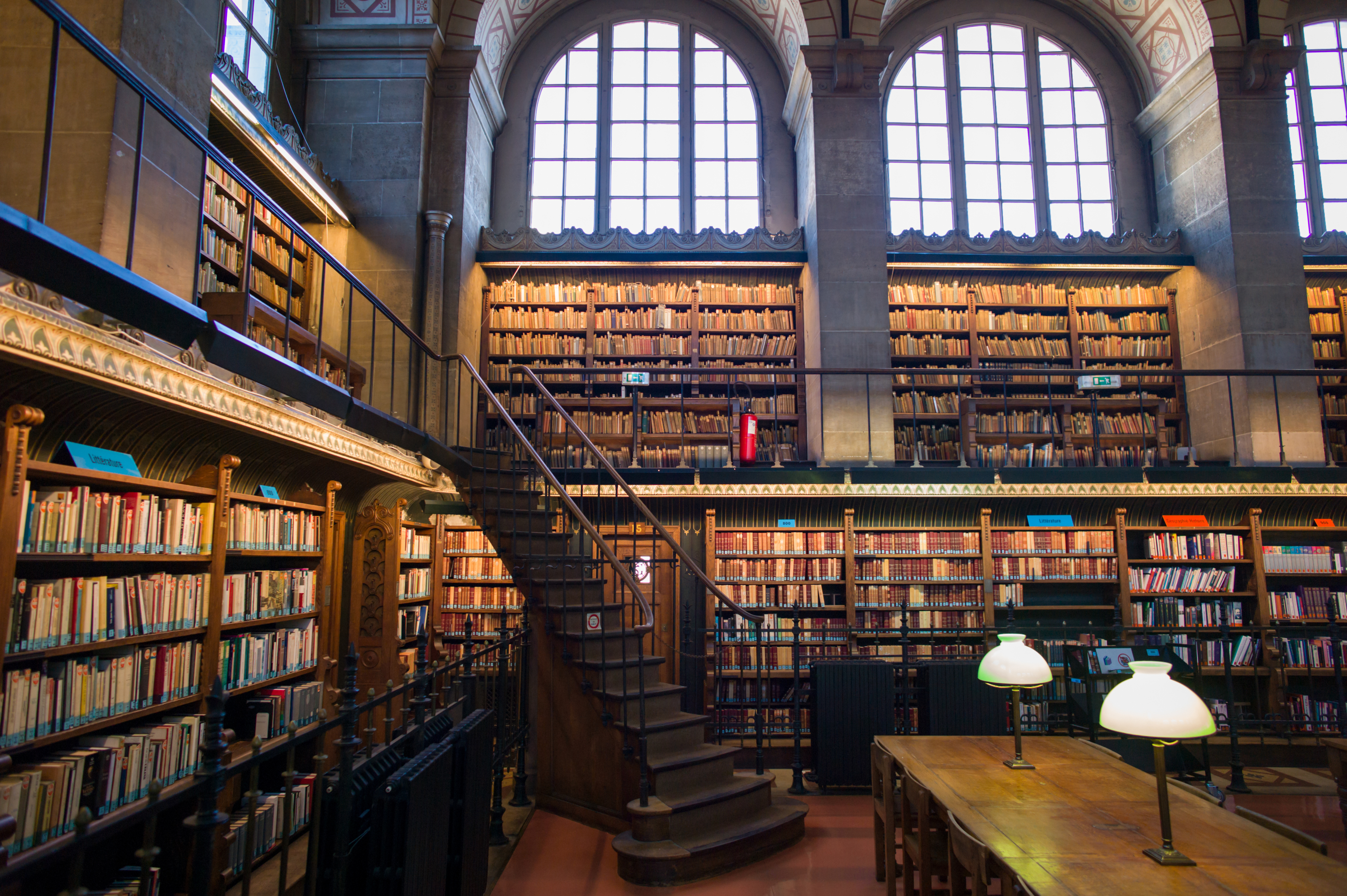 French National Library, Paris © Shutterstock
French National Library, Paris © Shutterstock
Why write?
I cannot remember a time when I did not write, really.
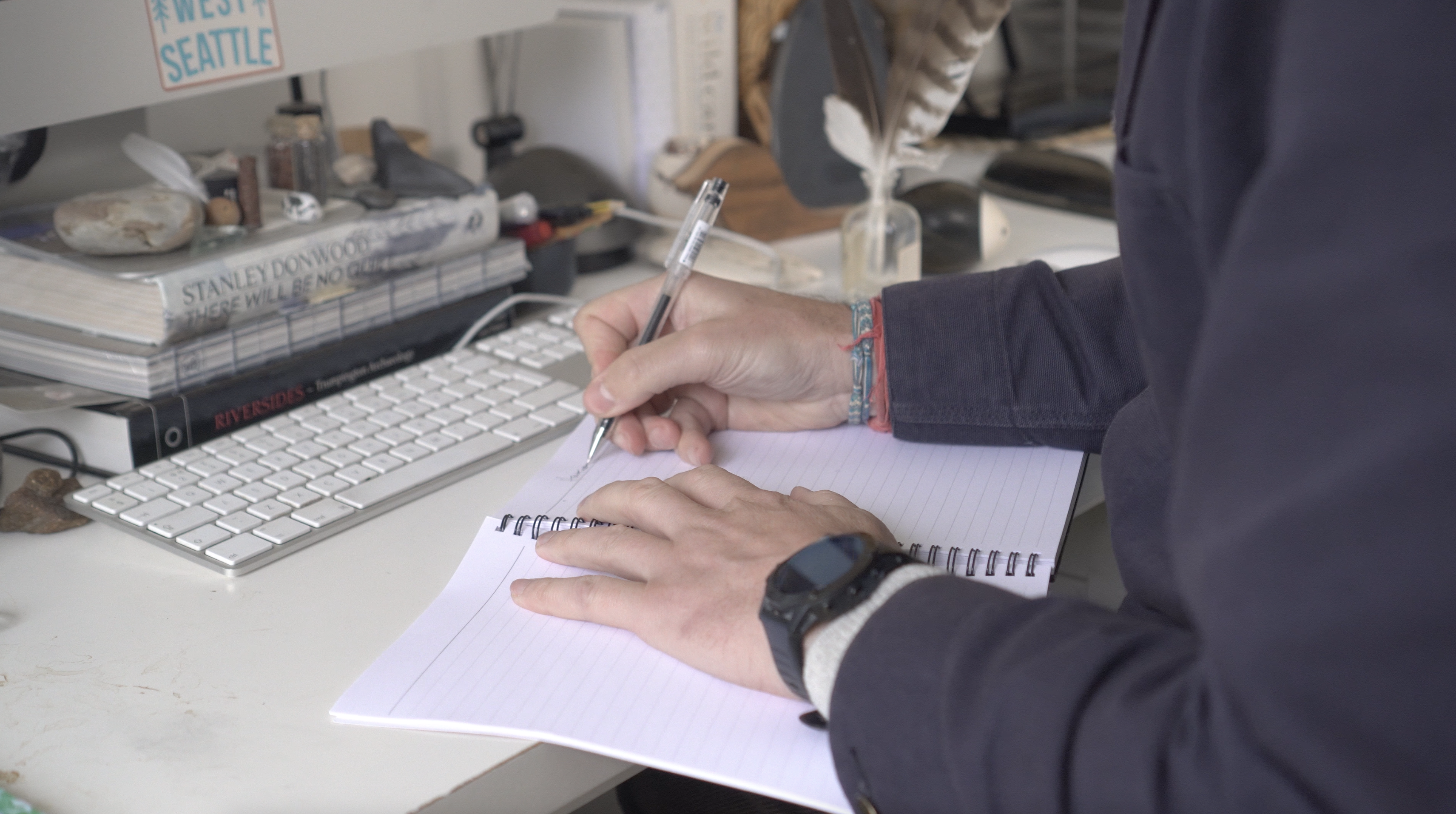 Robert Macfarlane
Robert Macfarlane
I was writing poems and short stories as a teenager, and I have not really stopped since; the difference is that now people read them, and I have a tremendous drive that I have almost forgotten, because it is so much a part of me now that I will always want to be making sense of the world, trying to pattern it, trying to communicate it. I love teaching; my teaching is inextricable from my writing. My students very often help me think with them and about things I am writing, and my books often contain acknowledgements to my students. I am lucky in that my writing, my walking and my teaching all tangle together.
The grammar of animacy
Robin Wall Kimmerer, the Potawatomi Citizen Nation member, writer and plant scientist, has this wonderful phrase, "the grammar of animacy", that has really stayed with me and indeed animated my own grammar as an aspiration. She is trying to think about the ways in which English broadly objectifies and ‘its’ the living world, deadens the living world and muscularizes it into obedience. Kimmerer says we should be trying to verb the world, to let the world speak back and be reciprocal with us. I have, for a very long time, been trying to work out how to write using, or in, grammars of animacy, and that task became most vivid while trying to write about rivers. I noticed that full stops were fleeing my sentences to begin with; language was becoming looser and more fluid, more reactive to my subject and also that I was verbing a lot of nouns.
 Shutterstock
Shutterstock
This sense of dynamism, of flow, of kinesis, really was starting to work itself down into the sedimented deeper layers of language. As a writer, I found that very exciting and sometimes surprising, because it felt like it was the river doing that work and not actually me.
The river who flows
In English we typically 'it' and 'which' and 'that' the living world, and you would say 'the river that flows' or 'the river which flows', but I have tended to speak of 'the river who flows'. It has actually become, I realize, so natural to me that the unnatural thing is now to speak of 'the river that flows' or 'the river which flows'. It is just a way of recognizing otherness, but the otherness of the subjects with whom we share our world, not the objects we dominate in our world. I have just finished a huge book that has taken seven years called "The Book of Birds", and it is a reimagining of the field guide.
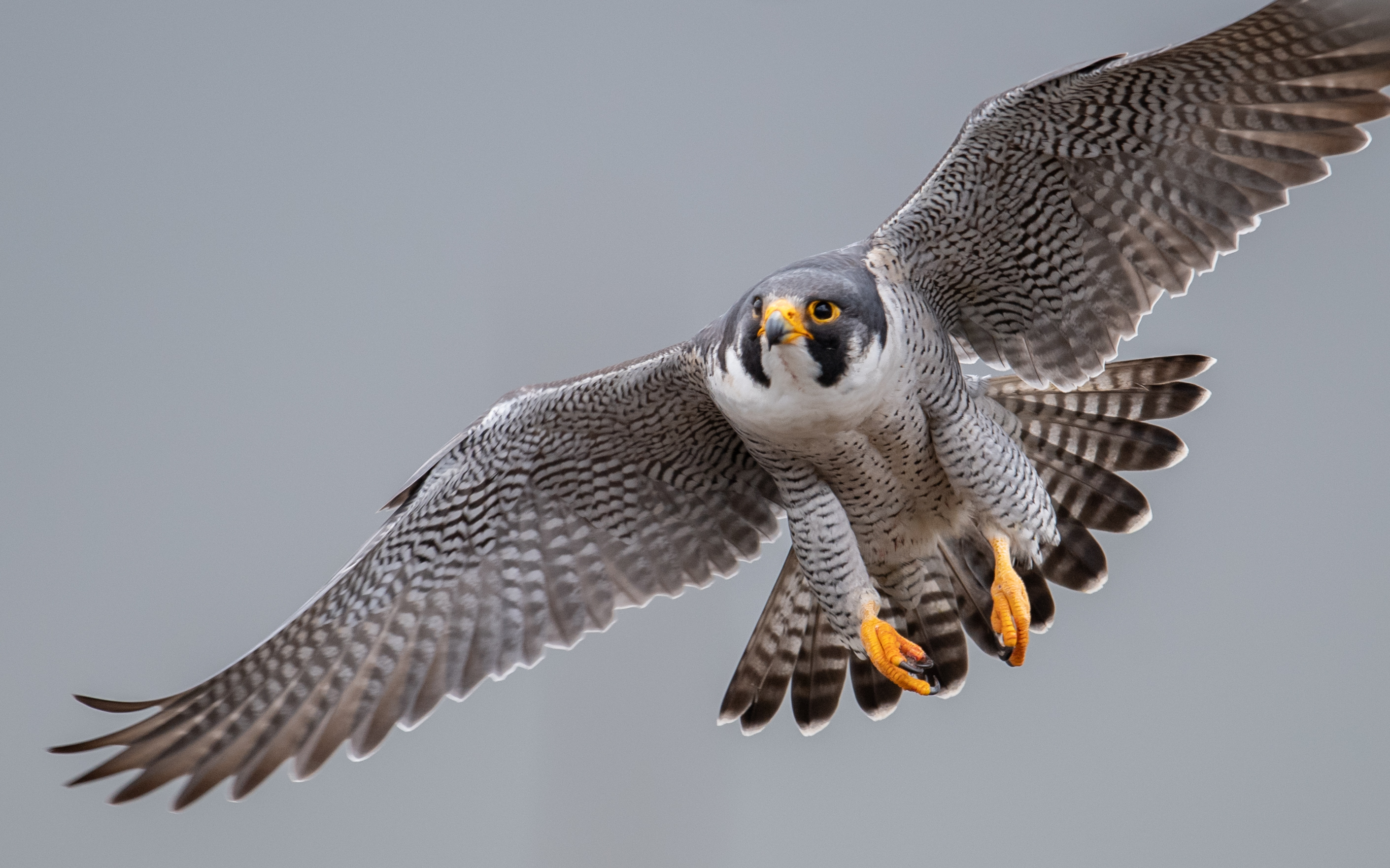 A Peregrine Falcon © Shutterstock
A Peregrine Falcon © Shutterstock
At the heart of that reimagining is not the question "What is that bird?" but "Who is that bird?" The aim of the guide is to imagine not just how we identify birds, but also how we identify with them.
Water literacy
In Chennai, traveling with Yuvan Aves, the young water defender there, I came to understand that I was in a region rich with ancient water literacy. This was a region that had suffered excesses of water, monsoons and cyclones, but also typically very protracted droughts, and the people there, over hundreds of thousands of years, had learned how to keep water, how to live alongside water and recognize its vital presence in their lives.
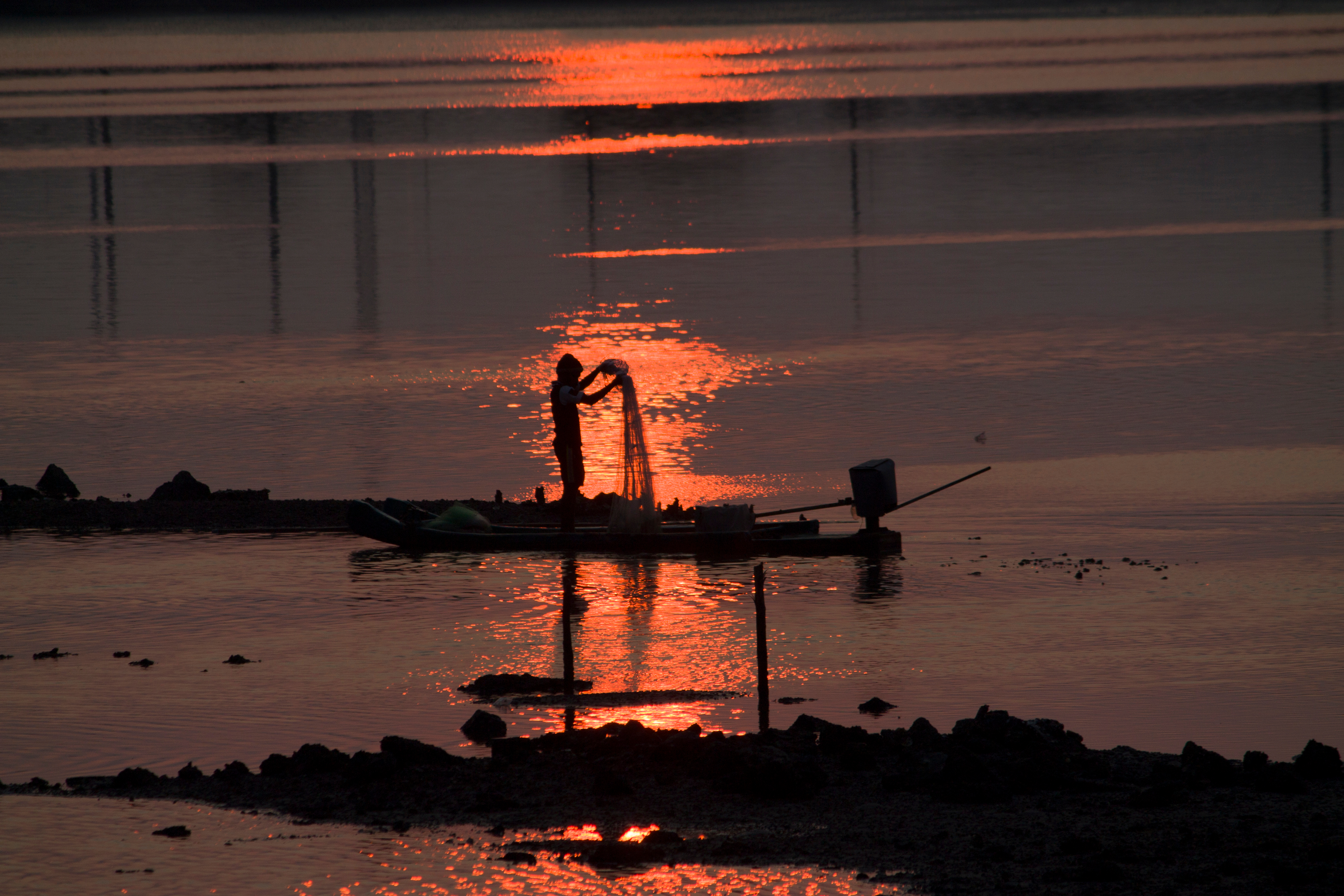 North Chennai Buckingham Canal © Shutterstock
North Chennai Buckingham Canal © Shutterstock
We could think of this as a hydrological literacy, a water literacy, and I found myself very drawn to writing, which is also water literate, which recognizes the subtleties of differences, multiplicities of forms that water takes in our bodies, in our minds and in our landscapes.
The lexis of landscape
Part of my project, if I can call it that as a writer, I have realized looking back, has been to encourage what could be called a nature literacy or a literacy of landscape, language, lexis, and also at some level, a syntax of place, of landscape — not just the names of things but how things themselves relate to one another to form the ecological web in which we are entangled. One form that took was a book called "Landmarks", which is a book of essays about the writing of nature and place but also a book of glossaries, which sought to regather from around 35 languages, dialects and subdialects in the British Isles and Ireland words for place from the Gaelic. There is this wonderful Gaelic phrase, runich moen, which means the shadows cast on moorland by clouds on a sunny, windy day, and that is just one example of the many forms of precision, of lexis, of naming, that are still there in the treasure troves of coinage that our languages and dialects possess.
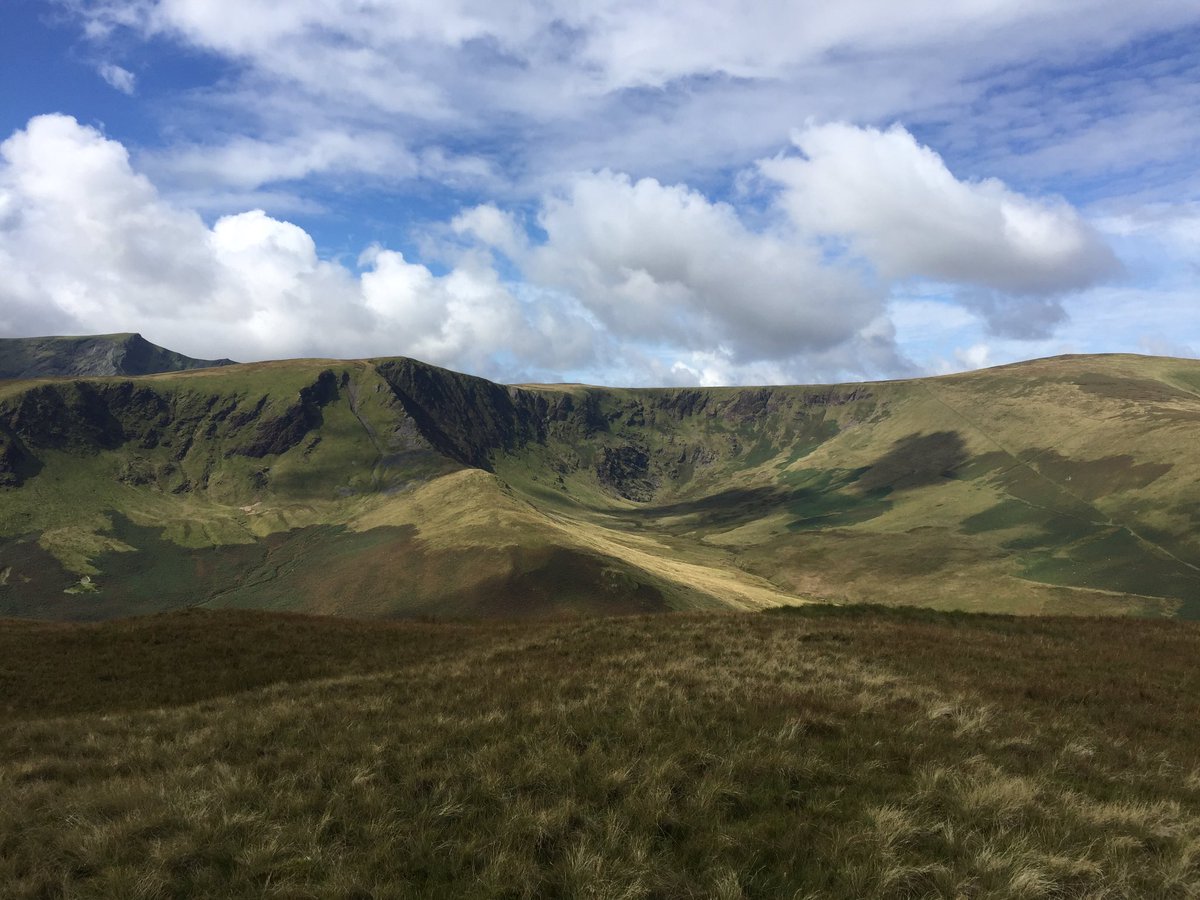 Rionnach maoim © John Macfarlane
Rionnach maoim © John Macfarlane
Another form it took was in a big book called "The Lost Words", which was really written for children, although it became read by many adults as well, and that took 20 very common nature words — acorn, conker, bluebell, all the way through to willow and wren — and sought to just pull them back into visibility, into use, into story, into children's minds and imaginations. It was wonderful to see that book then end up in every single library of every single primary school in Scotland, England and Wales.
How landscapes remember
The German painter Anselm Kiefer has this line — I do not know what the German is, but in English it is often translated as "there is no such thing as an innocent landscape". I have certainly walked, worked in and written about landscapes that have seen atrocities, been witnessed to bear the scars of terrible histories — whether that is the Foibe executions in the sinkholes of the Julian Alps in Slovenia; or the White War that was carried out in those mountains as well; the occupied territories of the West Bank (which I walked with the Palestinian human rights lawyer, Raja Shehadeh); or even the cleared Glens of Scotland, where people were forced from their homes in order to open up grazing land for sheep during the wool boom.
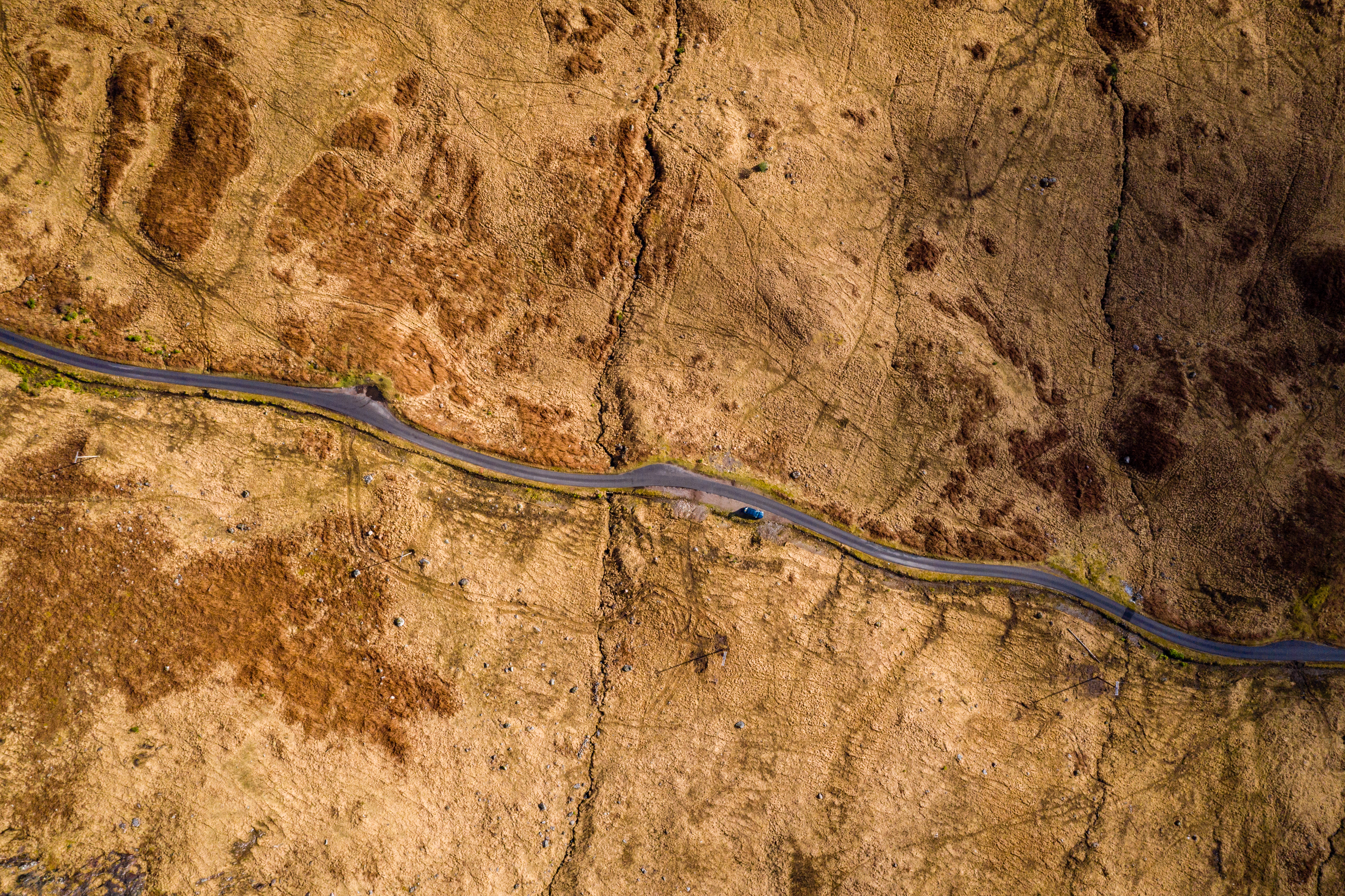 Glen Etive © Shutterstock
Glen Etive © Shutterstock
One of the things that has come to puzzle and challenge and fascinate me is how landscapes remember what has happened in them.
How then do you write about a place like that, which has what I sometimes call an occulting presence? That is to say, it flashes both dark and light. The Julian Alps are a staggeringly beautiful limestone massif with the bluest water rivers I have ever known, but people were executed there by being pushed into the sinkholes, sometimes with their arms bound with barbed wire or at bayonet point. How do you even begin to represent a landscape as complex as that? One of the things I have realized is that in writing only about the trauma that has happened, only about the pain and cruelty that has been visited upon place and people, there is a kind of second order wounding. It does not allow for the possibility of recovery, of regeneration, of reparation. It is always an extremely delicate, difficult and moral task to try to speak truly and fairly of such occulting landscapes.
Underland
Like many, I am a longtime reader of Walter Benjamin — his essays, his amazing Berlin memoir, "Berlin Childhood" around 1900, and his great unfinished work, "The Arcades Project", which did not aspire to the delusion of a comprehensible totality but sought to tell a city, a consciousness, a teeming multiplicity, out of bits and pieces to create a navigable blueprint for Paris. I have come to think of all the kinds of writing I have done, and indeed all the kinds of reading I have done, most of them, as a continuous terrain. Each book I have found grows very naturally out of the last. With "Underland", the book surfaces from the below, as it were, in a little wood called Nine Wells Wood, where a chalk spring rises, and that same place becomes the very opening page of "Is a River Alive?" I have always been drawn, like Benjamin, to writing about what we cannot see as well as what we can. That reached its sharpest expression in "Underland", which was the longest book I have ever written; it took eight years and about 550 pages to go down into what lies beneath us, what we often turn away from, what we use to both shelter and dispose of things, and I came to realize, to use a phrase from that book, that sometimes in the darkness we can see more clearly.
Editor’s note: This article has been faithfully transcribed from the original interview filmed with the author, and carefully edited and proofread. Edit date: 2025
Discover more about
literature’s ties to landscape
Macfarlane, R. (2025). Is a River Alive? Hamish Hamilton.
Macfarlane, R. (2019). Underland. Penguin.
Macfarlane, R. (2015). Landmarks. Penguin.
Macfarlane, R., & Morris, J. (2017). The Lost Words. Hamish Hamilton.
Macfarlane, R., & Morris, J. (2026). The Book of Birds. Hamish Hamilton.
Skelton, R. (2019). Landings (10th anniversary ed.). Corbel Stone Press.
Mestokosho, R. (2011). Comment je perçois la vie, Grand-Mère: Eshi uapataman Nukum. Beijbom Books.
Lopez, B. (2014). Arctic Dreams. Vintage Classics.
Shepherd, N. (2011). The Living Mountain: A Celebration of the Cairngorm Mountains of Scotland. Canongate.
Baker, J. A. (2011). The Peregrine: The Hill of Summer and Diaries, the complete works of J. A. Baker. Collins.
Deakin, R. (2024). Waterlog. Vintage Classics.
Sebald, W. G. (2021). The Rings of Saturn. Vintage Classics.
Solnit, R. (2022). Wanderlust: A History of Walking. Granta Books.
Kimmerer, R. W. (2024). The Serviceberry: An economy of gifts and abundance. Allen Lane.
Galansino, A. (2024, March 20). Anselm Kiefer: Art is a journey into our spirituality. Say Who.
Benjamin W., Hanssen, B. (Ed.) (2006). Walter Benjamin and the Arcades Project. Bloomsbury Academic.
Benjamin, W. (2025). Berlin childhood around 1900. Verso.